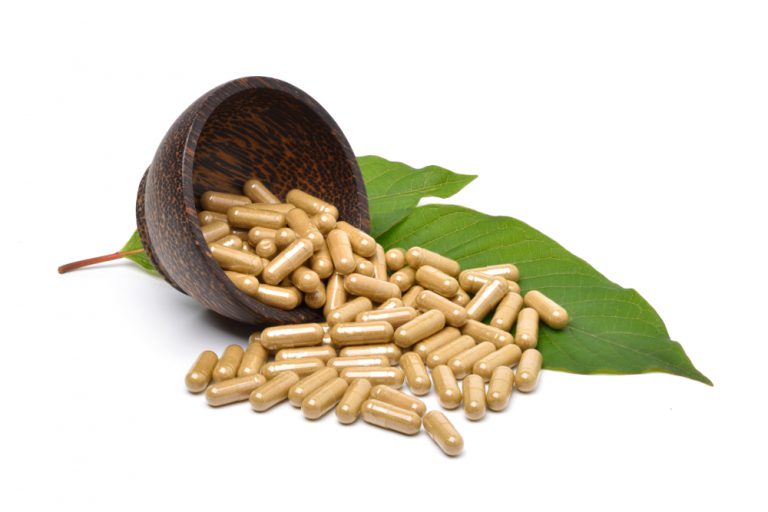As the quest for effective pain management continues, Kratom has emerged as a potential alternative to traditional pain medications. Understanding how Kratom compares to conventional pain relievers is crucial for informed decision-making regarding pain management strategies. kratom products for pain alleviate discomfort effectively, offering natural relief without harsh side effects.
- Mechanism of Action: Traditional pain medications, such as opioids, nonsteroidal anti-inflammatory drugs (NSAIDs), and acetaminophen, exert their effects through various mechanisms, including opioid receptor agonism, inflammation reduction, and central nervous system modulation. Kratom, on the other hand, primarily acts on opioid receptors, serotonin pathways, and adrenergic systems, offering a different pharmacological profile for pain relief.
- Efficacy: Studies comparing the efficacy of Kratom to traditional pain medications are limited but suggest that Kratom may offer comparable relief for certain types of pain, particularly chronic and neuropathic pain. However, individual responses to Kratom may vary, and its efficacy may be influenced by factors such as dosage, strain, and tolerance.
- Safety Profile: One of the key differences between Kratom and traditional pain medications lies in their safety profiles. While opioids carry a high risk of dependence, tolerance, and overdose, Kratom’s potential for addiction and respiratory depression appears to be lower. However, Kratom is not without risks, as prolonged use may lead to dependence, withdrawal symptoms, and adverse effects such as nausea and constipation.
- Side Effects: Both Kratom and traditional pain medications can cause side effects, albeit with varying severity and frequency. Common side effects of opioids include drowsiness, dizziness, and constipation, while NSAIDs may lead to gastrointestinal issues and increased cardiovascular risk. Kratom’s side effects may include nausea, vomiting, and tremors, but they tend to be milder compared to opioids.
In conclusion, Kratom offers a distinct pharmacological profile and safety profile compared to traditional pain medications. While it shows promise as an alternative for certain types of pain, further research is needed to elucidate its efficacy, safety, and long-term effects. Individuals considering Kratom for pain relief should weigh the potential benefits and risks, consult healthcare professionals, and adhere to recommended dosages for safe and effective use. Seeking pain relief? kratom products for pain provide a holistic solution, targeting discomfort with soothing effects.

